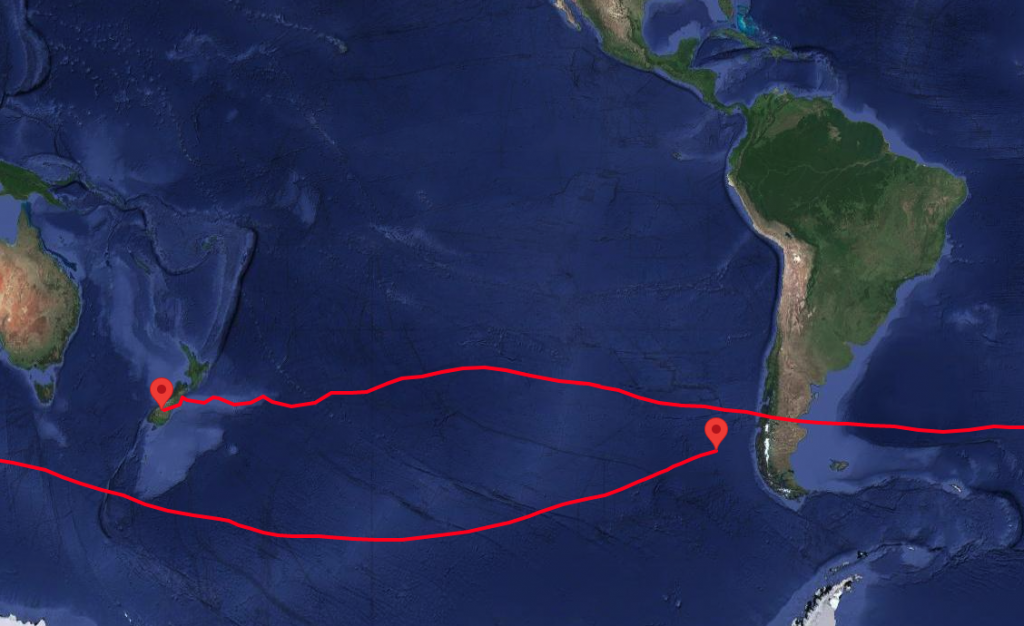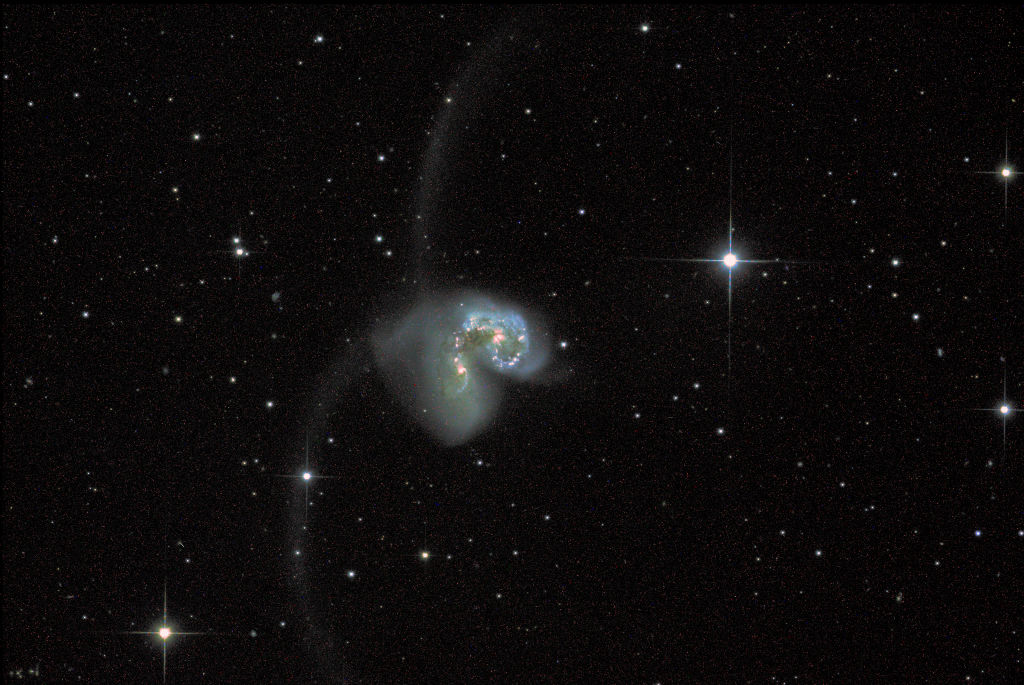
Update April 30, 1 p.m. NZST: After running risk assessments for tomorrow’s attempt, the team has decided to cancel the May 1 New Zealand (April 30 in the United States) launch attempt of the super pressure balloon. The next launch opportunity is Tuesday, May 2 (Monday, May 1 in the United States). Updates will be posted on this blog.
Wānaka, New Zealand—NASA is targeting Monday, May 1 (Sunday, April 30 in the United States) to conduct a second super pressure balloon (SPB) test flight launching from Wānaka Airport to further test and qualify the technology, which can offer cost savings compared to space missions.
The first super pressure balloon launch carrying the Super Pressure Balloon Imaging Telescope (SuperBIT) continues to perform brilliantly and has been at float for nearly two weeks.
This second scheduled flight will carry the Extreme Universe Space Observatory 2 (EUSO-2) science mission. EUSO-2, from the University of Chicago, aims to build on data collected during a 2017 mission. The mission will detect ultra-high energy cosmic-ray particles from beyond our galaxy as they penetrate Earth’s atmosphere. The origins of these particles are not well known, so the data collected from EUSO-2 will help solve this science mystery.
NASA will begin flight preparations in the early morning hours Monday and continue to evaluate weather conditions throughout the morning. If weather is conducive for launch, lift-off is scheduled between 8 and 11:30 a.m. locally (between 4 and 7:30 p.m. U.S. EDT Sunday, April 30).
At this time, forecast weather conditions are favorable for launch, however, the predicted launch flight trajectory is considered marginal.
For subsequent launch attempts, if needed, NASA will announce by 2 p.m. NZST (10 p.m. EDT) if the next day’s forecast weather will support a launch attempt.
For those in the local area, the public won’t be allowed at or to park alongside Wānaka Airport on the morning of the launch for flight safety reasons. However, immediately after lift-off, the balloon will be visible for miles around – the best viewing points will be on the hill on the Hawea side of the Red Bridge by Kane Road or on the Hawea Flat side of the Clutha River.
The launch can be tracked in the following ways:
• A live feed of the launch is available here: http://www.ustream.tv/channel/nasa-csbf-downrange-operations
• Track the progress of the flight at the following link, which includes a map showing the balloon’s real-time location, at: https://www.csbf.nasa.gov/map/balloon8/flight729NT.htm.
Ongoing mission updates are also available on NASA’s Super Pressure Balloon blog.
NASA conducts SPB launches from New Zealand in collaboration with the Queenstown Airport Corporation, Queenstown Lake District Council, New Zealand Space Agency, and Airways New Zealand.
NASA’s Wallops Flight Facility in Virginia manages the agency’s scientific balloon flight program with 10 to 15 flights each year from launch sites worldwide. Peraton, which operates NASA’s Columbia Scientific Balloon Facility (CSBF) in Texas, provides mission planning, engineering services, and field operations for NASA’s scientific balloon program. The CSBF team has launched more than 1,700 scientific balloons over some 40 years of operations. NASA’s balloons are fabricated by Aerostar. The NASA Balloon Program is funded by the NASA Headquarters Science Mission Directorate Astrophysics Division.
For more information on NASA’s Scientific Balloon Program, visit:
https://www.nasa.gov/scientificballoons











